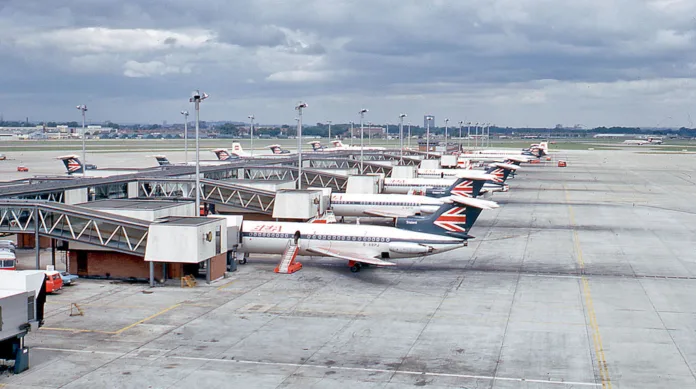Heathrow submits plan for vast third runway, as ministers promise jobs but critics see disaster
Heathrow Airport has officially submitted its “shovel-ready” plans for a third runway—part of a £50 billion infrastructure package it claims could deliver more than 100,000 jobs, increase trade, and handle 150 million passengers a year. But while the government and business leaders have welcomed the scheme, environmental groups have condemned it as “doomed”.
The proposed runway, stretching two miles across a rerouted section of the M25, would allow more than 750 additional flights each day over London’s skies. Heathrow says the project is vital to unlock the airport’s full potential and keep pace with growing demand. Passenger numbers at the airport are already back at pre-pandemic levels, and capacity constraints are limiting growth.
The chief executive, Thomas Woldbye, said: “It’s never been more important or urgent to expand Heathrow. We are effectively operating at capacity to the detriment of trade and connectivity. With the green light from government, we are ready to mobilise this year.”
The airport says it could obtain full planning permission by 2029 and have the runway operational by 2035. It is seeking firm government policy guarantees—something that has eluded past efforts to expand the site. A similar proposal approved in 2019 was delayed and eventually shelved due to the pandemic and mounting legal pressure from environmental campaigners.
Embed from Getty ImagesNow, with a more favourable political climate and Chancellor Rachel Reeves expressing strong support, Heathrow’s shareholders—which include sovereign wealth funds from Qatar and Saudi Arabia—want legislative backing and regulatory assurances. The airport is also pushing for reforms that would allow it to raise airline charges to recover costs.
The cost of the runway alone is now estimated at £21 billion, a sharp rise from £14 billion in 2019 due to inflation in construction. An expanded Terminal 5 would cost a further £12 billion, and an additional £15 billion is earmarked for wider airport upgrades, regardless of the runway’s fate.
The government says it will review the plans over the summer. A decision is expected in September, though ministers will also consider an alternative from the Arora Group, which proposes a shorter runway to the east of Heathrow.
A government spokesperson said: “Expanding Heathrow could drive growth, trade and tourism, whilst unlocking over 100,000 jobs.”
But opposition remains fierce. London mayor Sadiq Khan warned the runway would have “a hugely detrimental impact on our environment”, and Greenpeace UK said the plan would only bring “more years of disruption and false hope to residents”.
Paul McGuinness, chair of the No 3rd Runway Coalition, was blunt: “We risk ending up with a hole in the ground and a taxpayer-backed debt pile. This scheme is Heathrow’s white elephant.”
Heathrow counters that expansion would actually increase competition, breaking British Airways’ dominance of nearly half the airport’s slots. EasyJet, which currently doesn’t operate at scale from Heathrow, said it could bring “lower fares for consumers”.
Supporters also point to economic benefits beyond London. In a joint statement, the CBI, Make UK, and the Federation of Small Businesses called the expansion a “vital gateway to global markets”.
Still, with Britain’s net-zero commitments looming, opponents question whether any new runway can be compatible with climate goals. “The economic case for this debacle just won’t fly,” said Dr Douglas Parr of Greenpeace.
For now, the question remains whether ministers will press ahead—or clip Heathrow’s wings once again.
